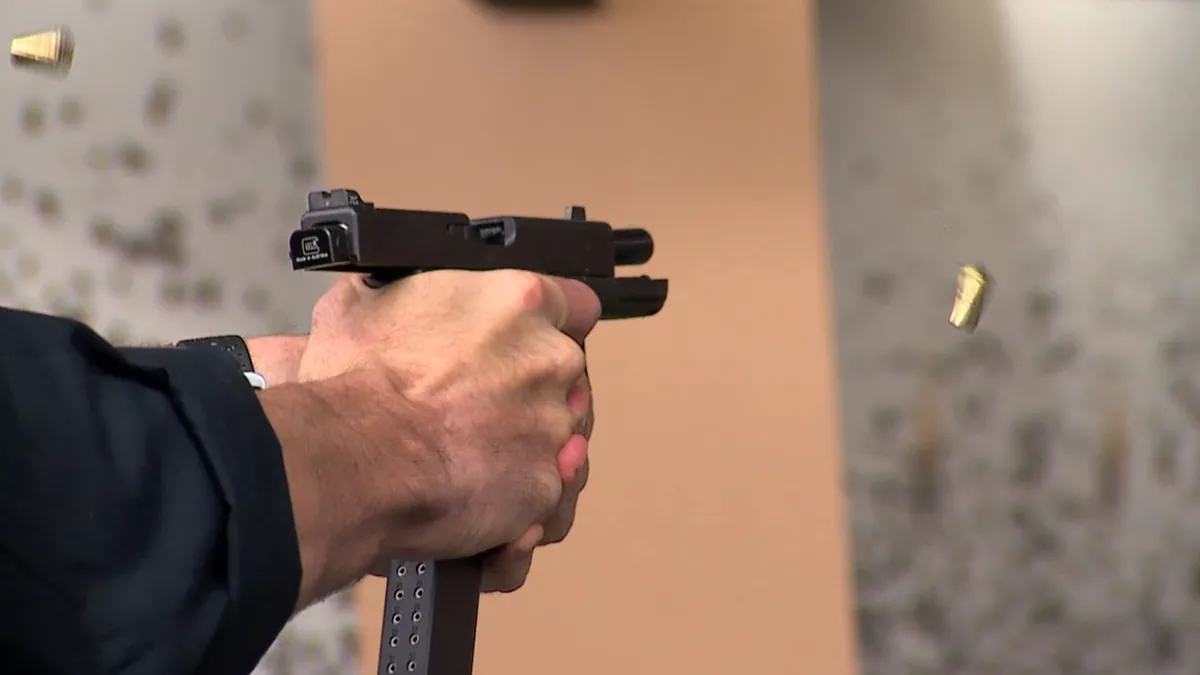Justice Department Intensifies Fight Against 3D-Printed Gun Conversion Devices
U.S. officials announce increased efforts to combat machine gun conversion devices. ATF reports surge in recoveries, with 3D printing technology facilitating widespread accessibility of these illegal items.

The U.S. Justice Department has announced plans to intensify efforts against machine gun conversion devices, which transform semi-automatic firearms into fully automatic weapons. This initiative comes as officials report a significant increase in the recovery of these illegal items, largely due to the accessibility provided by 3D printing technology.
Steve Dettelbach, director of the Bureau of Alcohol, Tobacco, Firearms and Explosives (ATF), convened a meeting on 2024-09-06 with law enforcement officials, academics, and 3D printing industry representatives to address the proliferation of these devices. The ATF, established in 1972, is responsible for enforcing federal firearms laws, including those pertaining to machine guns.
"Using, making, selling, or even possessing a machine gun conversion device is illegal. Full stop. Been that way for decades."
The National Firearms Act of 1934 first regulated machine guns in the United States, and subsequent laws have maintained strict control over fully automatic weapons. However, the advent of 3D printing technology, invented in the 1980s by Chuck Hull, has presented new challenges for law enforcement.
Between 2018 and 2023, the ATF recovered more than 31,000 machine gun conversion devices, marking a sharp increase from previous years. These devices accounted for almost 55% of firearms recovered in ATF trafficking investigations between 2017 and 2021.

Lisa Monaco, Deputy Attorney General, announced the formation of a task force to combat the spread of conversion devices and a new training program to help law enforcement identify them as technology evolves. The Deputy Attorney General is the second-highest-ranking official in the U.S. Department of Justice, which was created in 1870 under President Ulysses S. Grant.
Recent incidents highlight the urgency of this issue. In the summer of 2024, a tragic shooting in Detroit resulted in 21 people shot and two fatalities. Investigators found 100 shell casings and multiple firearms, including one equipped with a machine gun conversion device. Detroit has long grappled with gun violence and crime issues.
The proliferation of these devices is not limited to specific regions. Initially concentrated in areas like Texas and California, the accessibility provided by 3D printing has led to their spread across the nation. The first 3D-printed gun, known as the "Liberator," was created in 2013, marking a significant shift in firearm manufacturing capabilities.
Law enforcement efforts have resulted in recent arrests and charges related to these devices. Approximately on 2024-08-30, authorities apprehended a Massachusetts man for selling fentanyl and machine gun conversion devices advertised online. Fentanyl, a synthetic opioid, is 50-100 times more potent than morphine. In New York City, prosecutors charged an individual allegedly possessing 39 machine gun conversion devices.
As the Justice Department intensifies its focus on this issue, collaboration with technology experts and the 3D printing industry will be crucial in developing effective countermeasures while raising public awareness about the dangers posed by these illegal devices.


































